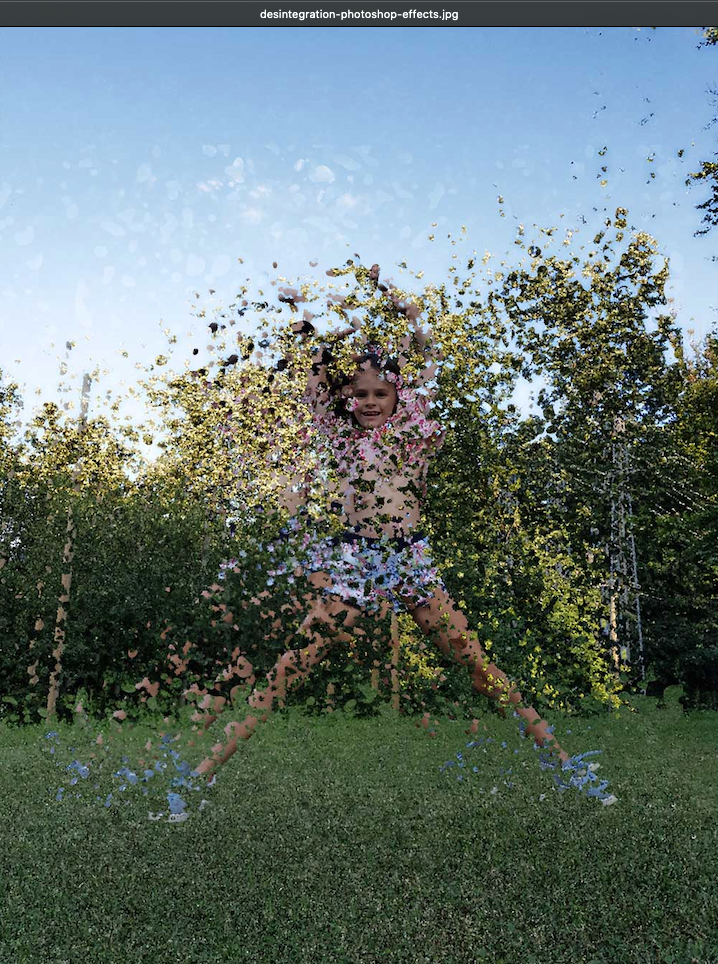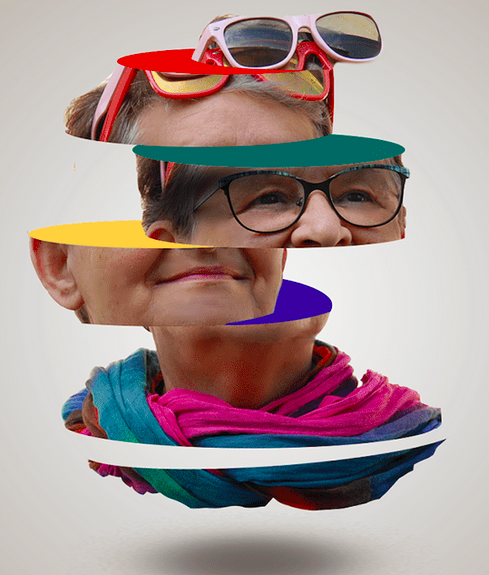What is a layer masking?
Layer masking is a reversible way to hide part of a layer. This gives you more editing flexibility than permanently erasing or deleting part of a layer. Layer masking is useful for making image composites, cutting out objects for use in other documents, and limiting edits to part of a layer.
You can add black, white, or gray color to a layer mask. One way to do that is by painting on the layer mask. Black on a layer mask hides the layer that contains the mask, so you can see what is underneath that layer. Gray on a layer mask partially hides the layer that contains the mask. White on a layer mask shows the layer that contains the mask.
Create a layer mask
- Select a layer in the Layers panel.
- Click the Add layer mask button at the bottom of the Layers panel. A white layer mask thumbnail appears on the selected layer, revealing everything on the selected layer.
Add black to a layer mask to conceal
Adding black to a layer mask hides the layer that contains the mask.
- In the Layers panel, make sure there is a white border around the layer mask thumbnail. If there is not a white border, click the layer mask thumbnail.
- Select the Brush tool in the Toolbar. In the Options bar, open the Brush Picker and choose the size and hardness of the brush.
- Press D to set the default colors of white and black in the Toolbar. Then press X to switch the colors, so black becomes the foreground color.
- Paint over the image, which adds black to the layer mask. Black on the layer mask hides the layer with the mask, so you can see the layer below or the checkerboard pattern that represents transparency.
Add white to a layer mask to reveal
Adding white to a layer mask shows the layer that contains the mask. You can paint with white on a layer mask to reveal content you had previously concealed with black on the layer mask.
- Press X to switch the foreground and background colors in the Toolbar, so white becomes the foreground color.
- Paint over hidden areas of the image. This adds white to the layer mask, bringing back into view corresponding areas of the masked layer.
Fine-tune the layer mask with black, white, and gray
Switching between black and white as you paint on a layer mask is a flexible way to fine-tune the mask edge. If you use a soft brush, the edges of the brush will apply shades of gray, partially hiding that part of the layer with the mask.
Save your work with layers
- Save the image in .PSD or .TIFF format to retain the layers and layer masks for future editing.








